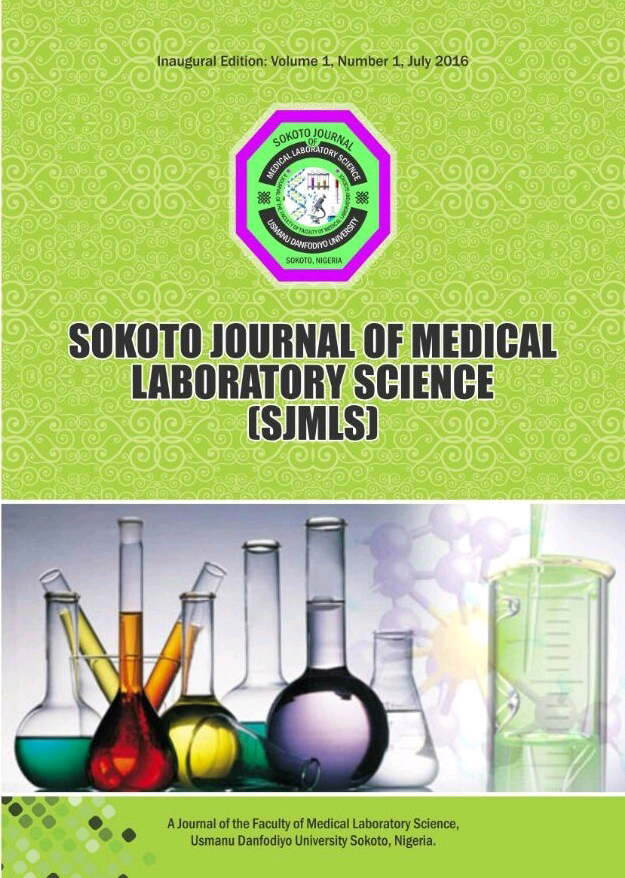Haptoglobin Characterization and Evaluation of Some Selected Trace Elements and Toxic Metals in Type 2 Diabetes mellitus Patients in Ado-Ekiti, Ekiti State
Keywords:
Diabetes mellitus, hypertension, trace element, haptoglobulin, toxic metal.Abstract
Alterations in serum levels of trace elements reported in type 2 diabetes mellitus (T2DM) have been linked with induction of T2DM and associated complications. This study was carried out to evaluate the levels of Zinc (Zn), Copper (Cu), Selenium (Se), Lead (Pb) and Cadmium (Cd) in different haptoglobin phenotypes of complicated and uncomplicated diabetic patients. A total of 100 samples comprising of 30 apparently healthy subjects (control), 39 treated and untreated uncomplicated diabetic patients and 31 hypertensive type 2 diabetic patients were recruited for this study. Characterization of serum haptoglobin phenotypes was determined using protein electrophoresis, while Zn, Cu, Se, Pb and Cd were estimated using Atomic Absorption Spectrometry. Results obtained showed that Pb and Cd levels were significantly higher (p<0.05) in treated complicated diabetes subjects compared to control, while glucose, Zn, Se and Cu levels were non-significant (p>0.05). BMI, glucose, Pb and Cd were significantly higher (p<0.05), while Se and Zn were significantly lower (p<0.05) in untreated complicated diabetes subjects compared to control. Cu was non-significantly lower (p>0.05) in untreated complicated diabetes subjects compared to control. The results also showed that Cu, Se, Pb and Cd levels were significantly higher (p<0.05) in treated diabetes subjects compared to control subjects, while BMI, glucose and Zn levels were non-significant. Conclusively, the results of this study showed significant alterations in Zn, Se, Cu, Pb and Cd of complicated and uncomplicated diabetes subjects which suggests that increase concentration of toxic metals and reduced trace elements concentration may be a contributing factor to the pathogenesis of diabetes mellitus.




